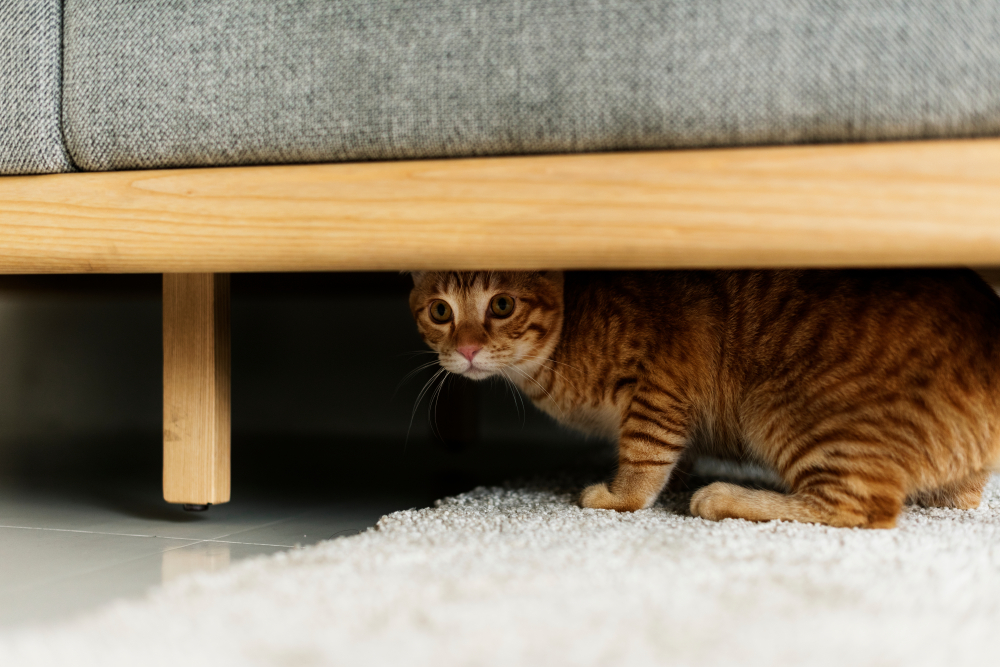
Understanding Cat Stress and How to Reduce It
Cats may look calm and independent, but they are sensitive creatures who can get stressed by changes in their environment, routine, or health. Unlike humans, cats don’t always show their stress in obvious ways. If left unnoticed, stress can lead to behavioral problems and even health issues.
In this article, we’ll explore the common causes of cat stress, signs to look out for, and effective ways to help your cat feel safe and relaxed.
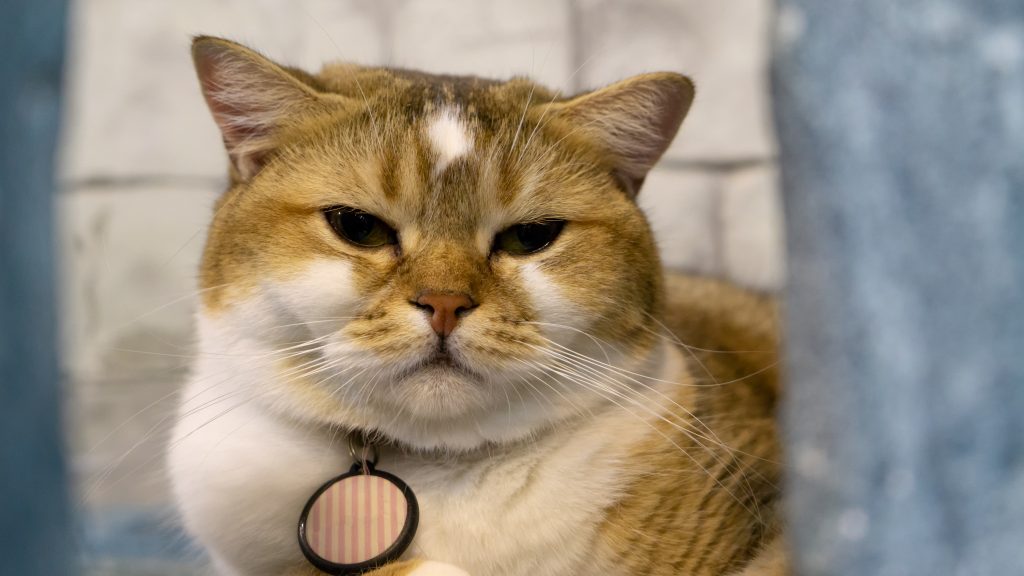
Common Causes of Stress in Cats:
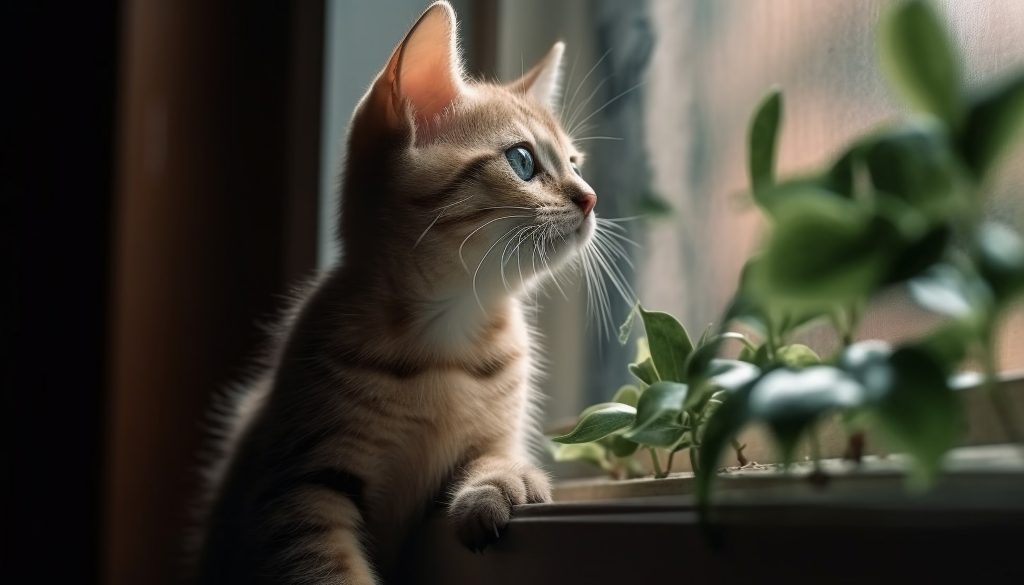
1. Changes in Environment
Moving to a new home, rearranging furniture, or home renovations can make your cat feel insecure. Cats are territorial and need time to adjust to changes in their surroundings.

2. New Pets or Family Members
Bringing in a new pet or even a baby can disrupt your cat’s sense of territory. Cats may feel threatened and act out with hiding or aggression.
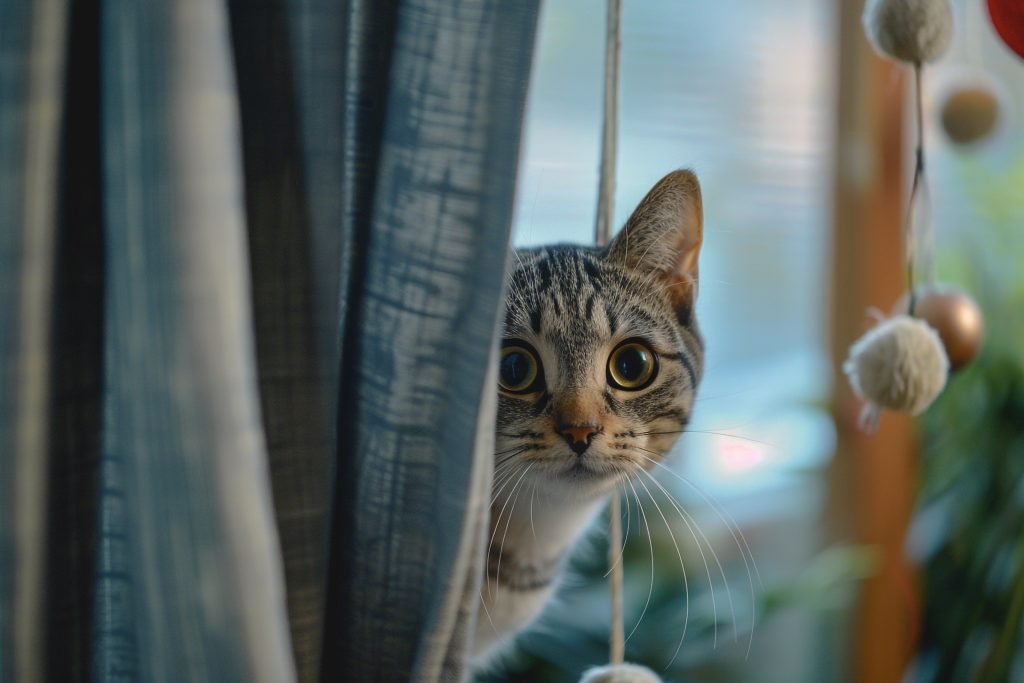
3. Loud Noises and Visitors
Vacuum cleaners, fireworks, or unfamiliar visitors can scare cats. Sudden noises trigger their fight-or-flight instinct.
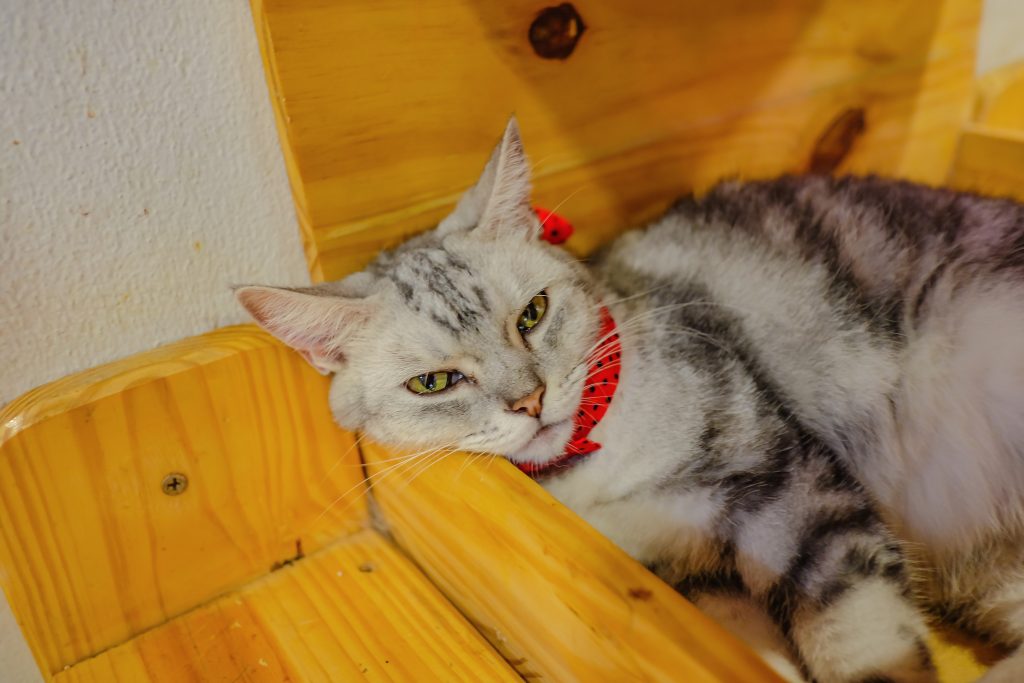
4. Boredom and Lack of Stimulation
Indoor cats, especially, can become stressed due to lack of mental and physical stimulation. A bored cat can develop destructive behaviors like scratching furniture or over-grooming.
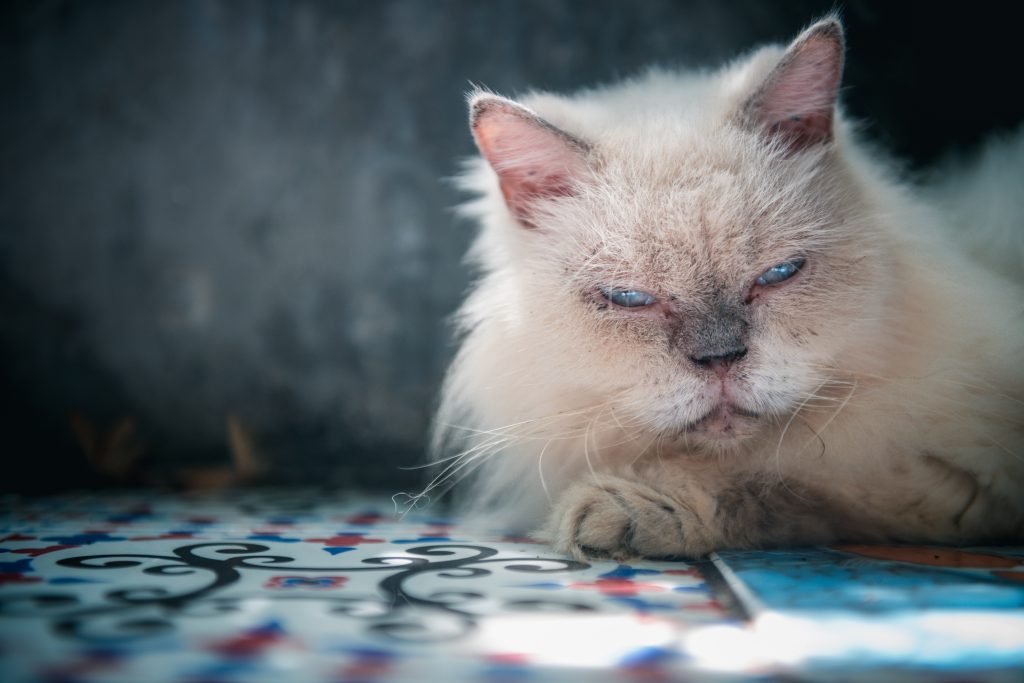
5. Health Issues
Pain or illness is a major stressor. Cats often hide their discomfort, so any unusual behavior might indicate an underlying health problem.
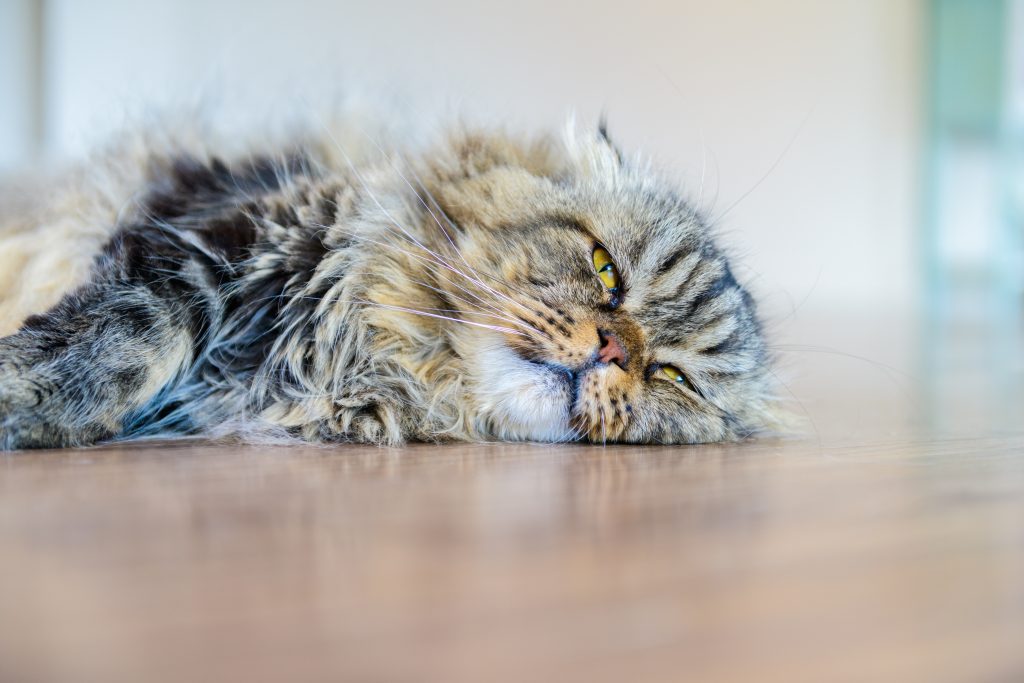
Signs Your Cat is Stressed
- Hiding more than usual
- Aggressive behavior or unprovoked biting
- Loss of appetite or overeating
- Excessive grooming or fur pulling
- Litter box avoidance
- Excessive meowing or being unusually quiet
- Digestive issues (vomiting, diarrhea)
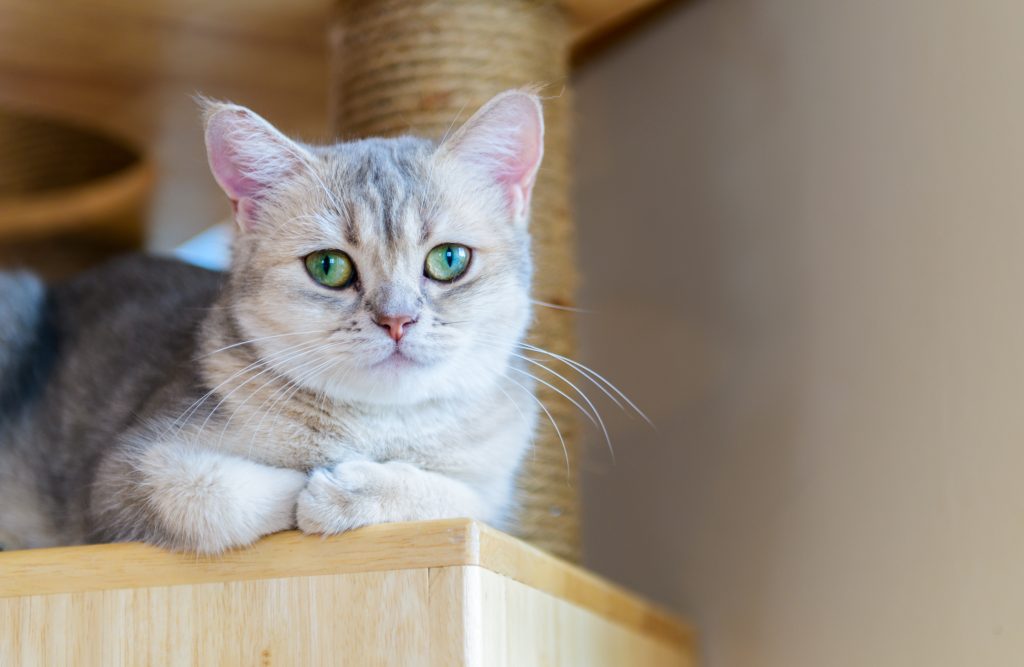
How to Help Reduce Cat Stress:
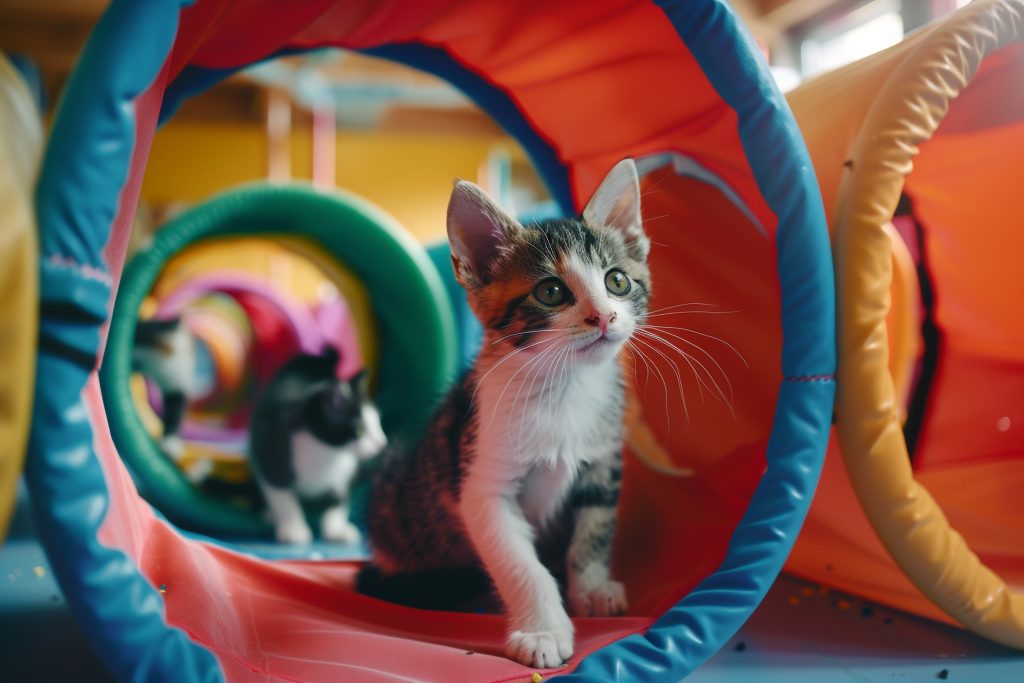
1. Create Safe Spaces
Provide cozy hiding spots like covered beds or quiet corners where your cat can retreat and feel secure.
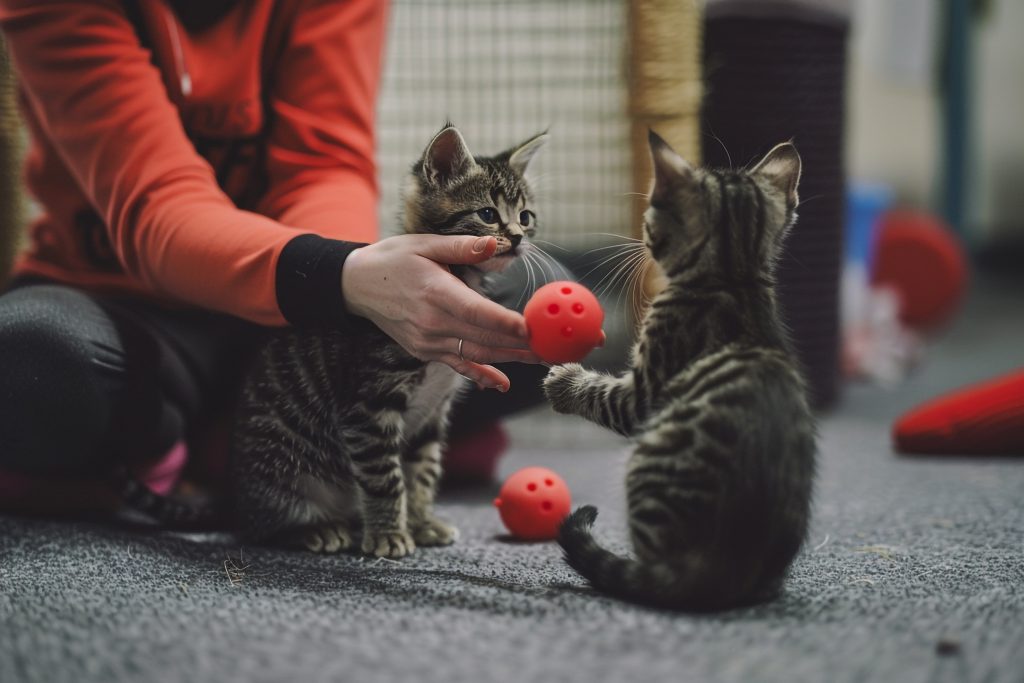
2. Maintain a Routine
Cats find comfort in predictable schedules. Feed, play, and interact with your cat at consistent times.
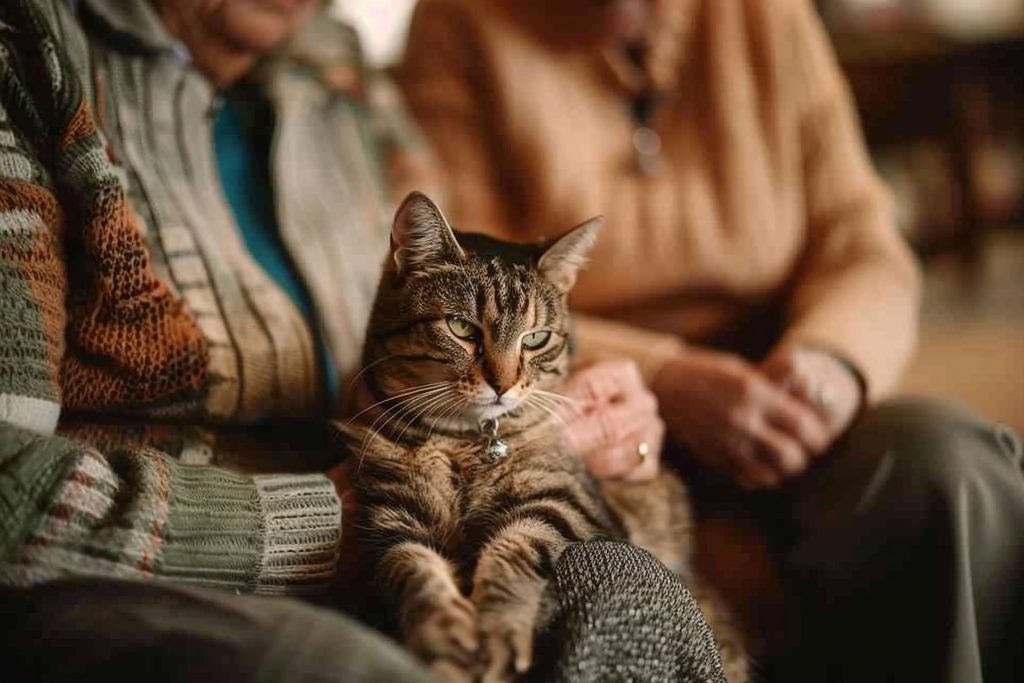
3. Gradual Introductions
Introduce new pets or family members slowly. Allow your cat to adjust at their own pace and provide positive reinforcement.
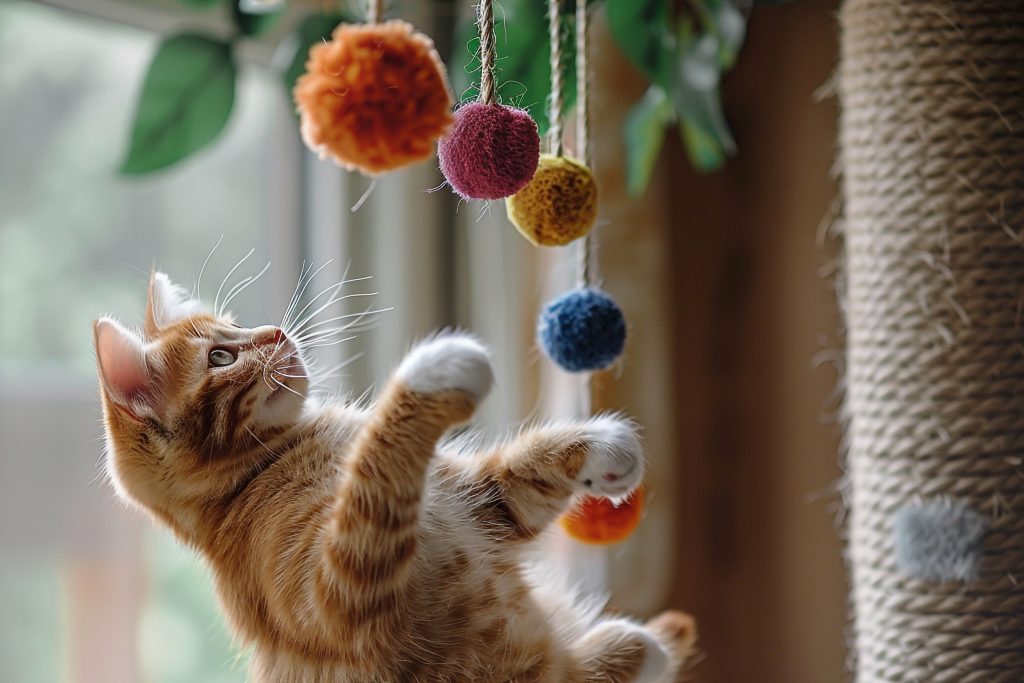
4. Enrichment and Playtime
Use interactive toys, cat trees, and puzzle feeders to keep your cat mentally and physically engaged.
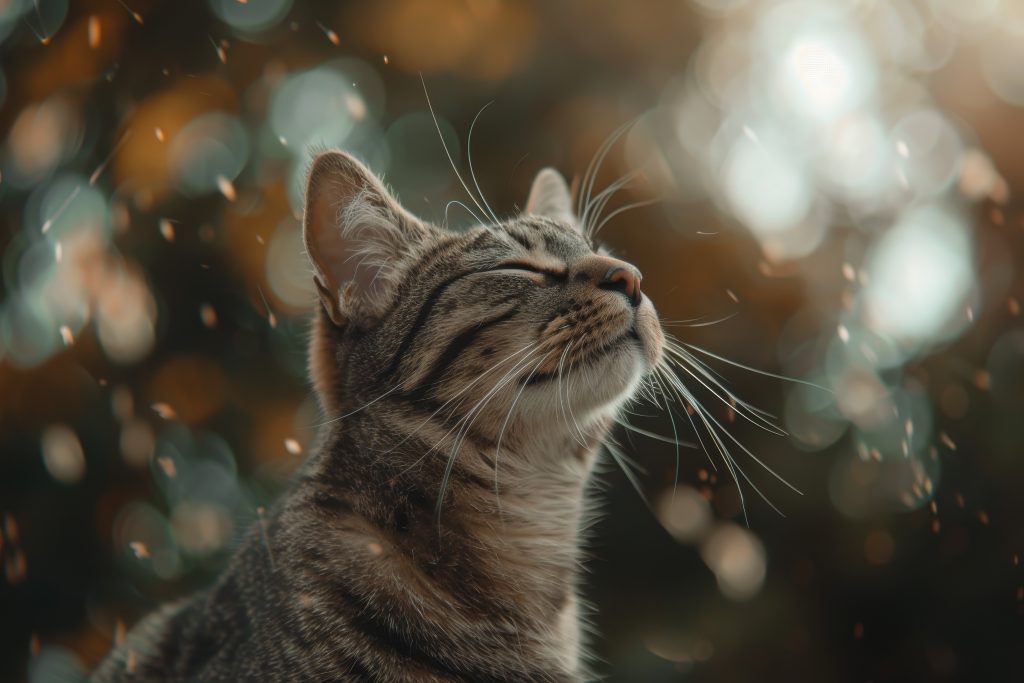
5. Calming Aids
Consider pheromone diffusers or calming sprays that mimic the natural calming scents cats use to mark safe spaces.
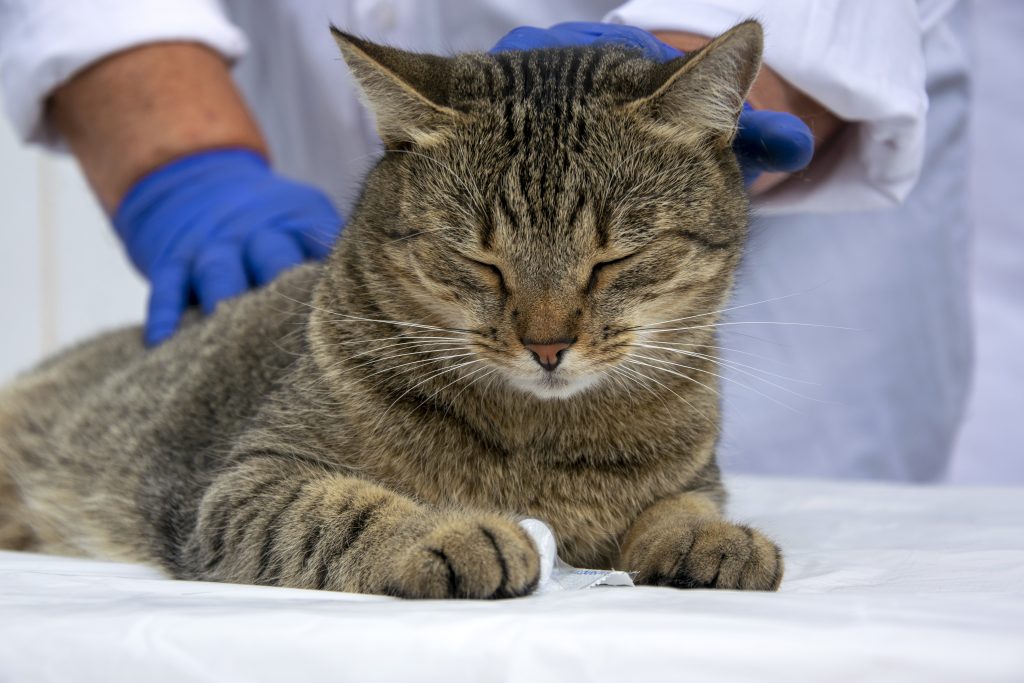
6. Vet Checkups
If your cat’s behavior changes suddenly, consult your vet to rule out medical issues.
Conclusion
Understanding the causes and signs of stress in cats is key to helping them live happy, relaxed lives. With patience, a safe environment, and regular interaction, you can ease your cat’s anxiety and build a stronger bond.
Suggested Readings:
- [Solving Common Cat Litter Box Problems]
- [Essential Cat Hygiene Tips Every Owner Should Know]